I've tried 3 different versions - 1 using AND and NOR gates, another using NAND and another where the the NOR output loops back to the previous gate on the same row (i.e. the top NOR's output goes back into the top AND's, while the bottom NOR's goes to the bottom AND's.)
I'm not even sure this last version is correct, since I only saw one picture online like that (in all the others, the top linked to the bottom and the bottom to the top,) but I thought I'd try it anyway
As can be seen in this short video though, no matter what inputs I use, both Q and Q' remain 0
Example:
If anyone has any pointers for why this isn't working, I'd appreciate it.
Edit: I'm also curious what happens when J & K are both 1, causing Q and Q' values to toggle. Doesn't this now mean that, if we consider the JK flip-flop as a memory storage, it would now be storing the incorrect value? If this is true, how does the circuit account for that? Does the circuit somehow correct itself or become aware that the value that was previously in Q is now in Q'?
